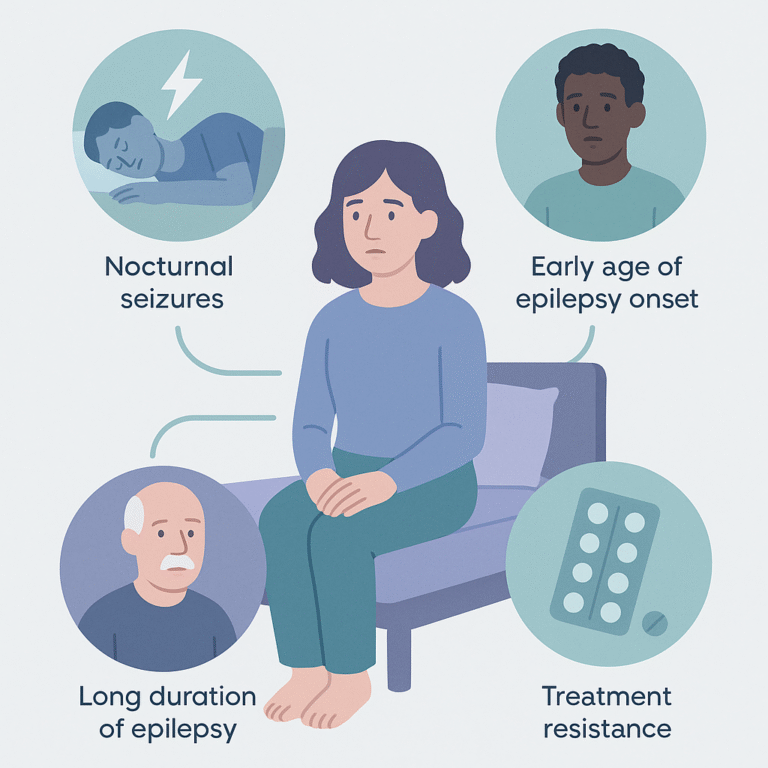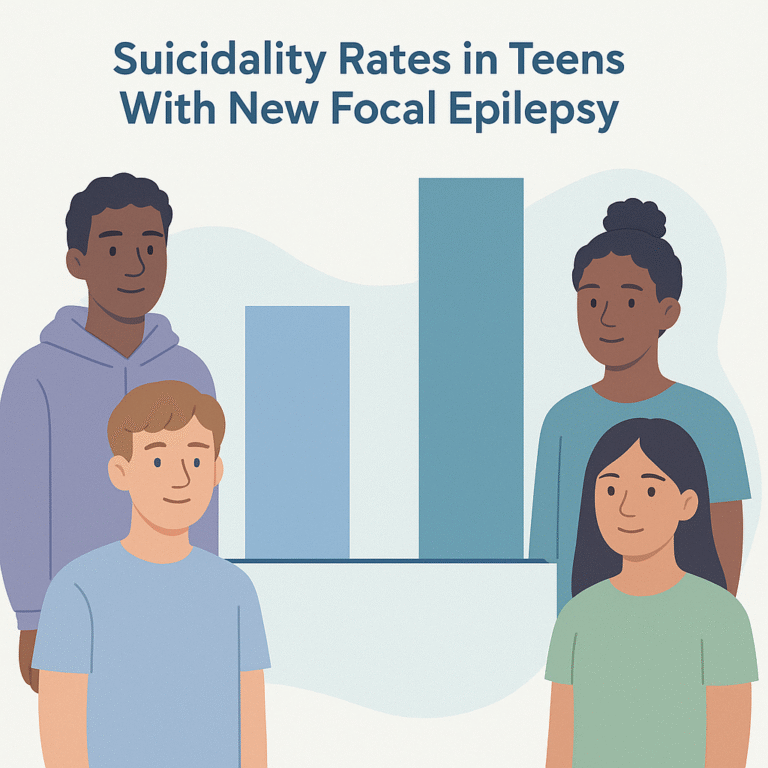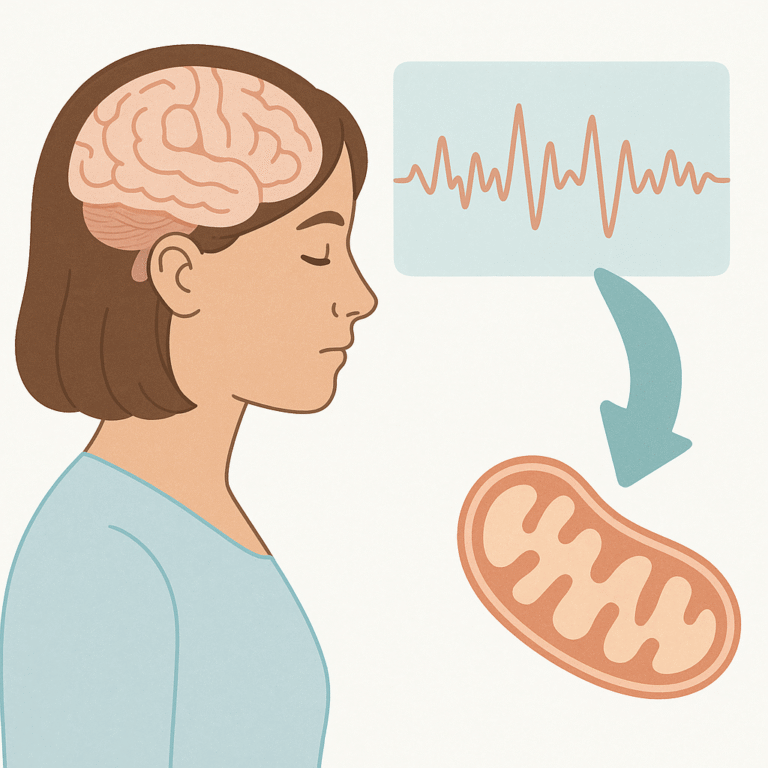EEG Results Can Predict Seizure Recurrence After First Seizure
Source: Clinical neurophysiology practice
Summary
A recent study looked at the role of EEG (electroencephalogram) tests in patients who had their first unprovoked seizure. Researchers from the International League Against Epilepsy and the International Federation of Clinical Neurophysiology reviewed data from 22 studies involving a total of 4,847 patients. They focused on how the presence of interictal epileptiform discharges (IEDs) on EEGs could help predict whether a person would have more seizures after their first one.
The key finding was that patients with IEDs on their EEG were more likely to experience a recurrence of seizures. Specifically, about 60% of those with IEDs had another seizure, compared to 40% of those without IEDs. This means that having IEDs on an EEG can indicate a higher risk of future seizures, and this pattern was consistent in both children and adults.
These findings are important because they help doctors better understand the likelihood of seizure recurrence after a first unprovoked seizure. However, the study also noted that the risk can vary based on age and other clinical factors, which means that while IEDs are a useful indicator, they are not the only factor to consider. Additionally, the study included a wide range of patients and settings, which can affect how the results apply to individual cases.
Free: Seizure First Aid Quick Guide (PDF)
Plus one plain-language weekly digest of new epilepsy research.
Unsubscribe anytime. No medical advice.





